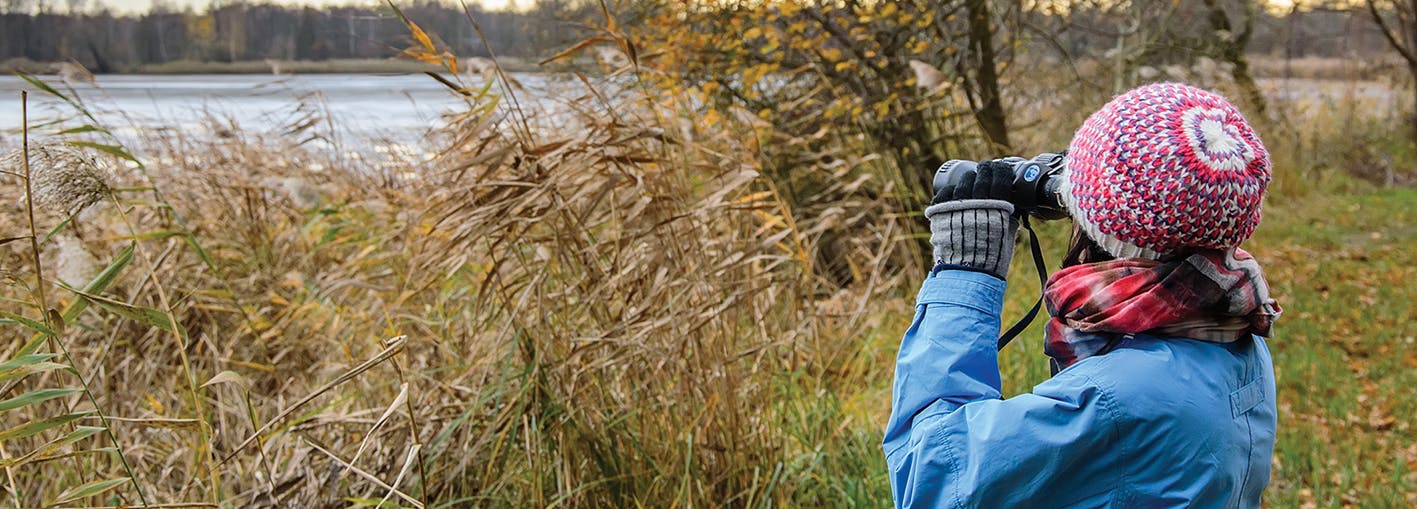Environment and Wildlife
Our approach to designing the reservoir has the environment and the community at its heart. Further details are set out below and in our Havant Thicket Reservoir Design & Access Statement. You can also read our Biodiversity Mitigation & Compensation Strategy and Landscape and Ecology Management Plan, both of which have received approval from local planning authorities.
Our masterplan (click here to download a copy) covers all the environmental and community factors we are taking into account. This means we’ve considered the environment as we’ve designed every part of the reservoir, the access roads and pipeline, and we’ll continue to do so.
We’re also working closely with Forestry England, who own and look after the neighbouring Havant Thicket woodland, and Staunton Country Park (which is owned and run by Hampshire County Council) to see how we can manage the sites together in the future.
This approach, along with lots of feedback from local communities and environmental organisations, has helped us choose the facilities we’re proposing, namely:
- A wetland habitat to support threatened bird species and provide areas for endangered bat species to find food
- A visitor centre with a café and facilities for communities and schools
- A network of trails and paths for walking, cycling and horse riding, linking to others in the wider area
- New woodland, hedgerows and wildflower planting
- A landscaped parking area for vehicles and bicycles.
Looking after the environment
The reservoir project will improve existing woodland and create a valuable new wetland, woodland and parkland. A grant scheme will also support wildlife across Hampshire and West Sussex.
Creating the reservoir will help protect the River Test and River Itchen in Hampshire. By using the reservoir to supply our own customers, we can share supplies from our other water sources with Southern Water. This means they will be able to reduce the amount of water that they take from these rare and sensitive chalk streams, which are home to many species.
Creating the new wetland is a very important part of our plans to support wildlife and birds and create a positive legacy in the environment.
We need to remove 12.5 hectares of ancient woodland to build the reservoir and we have reduced this as much as possible by changing the design. We're committed to replanting and improving more than 200 hectares of woodland and pasture both on and around the site and further afield to leave an overall positive gain for the environment and communities.
A new wildlife conservation area
As well as providing us with the chance to create an exciting new leisure facility for local communities, we want to the reservoir to include a new wildlife conservation area.
We've included a wetland area in our plans, based on our discussions with local people and community and environmental representatives as we’ve developed our proposals.
Wetlands are a vital habitat for wildlife, but they are coming under increasing pressure from pollution and droughts. We want to create a sustainable wetland along the northern shore of the reservoir to offer a new home for a wide range of water plants, wetland birds and other wildlife.
We’ve developed our wetland proposal with the support of a dedicated expert group, including the Environment Agency, Natural England, Hampshire County Council and the Hampshire and Isle of Wight Wildlife Trust. This is so we can create the best habitat for wildlife and the best experience for visitors.
We want to build a clay structure (see below or click here to download a copy of the diagram) to make sure water can stay in the wetland all year-round, even in a dry summer, and protect it from droughts, which are likely to happen more often because of climate change. The clay divider will hold water inside the wetland area and keep it separate from the main body of the reservoir, with low points where the water can move in and out, when the reservoir levels are normal.

We plan to split the wetland into four areas to allow for a wider variety of plants and wildlife and to help us manage and maintain the different sections. There will also be islands which will appear when the water is lower to provide temporary nesting sites for birds. And we’ll create another wetland area connected to the main reservoir water, with shallow pools, where the water levels will go up and down, to create more temporary homes for wildlife.
Ask us a question
Please give us your questions and comments and we'll get back to you as soon as we can.





Thank you for your contribution!
Help us reach out to more people in the community
Share this with family and friends